| ← Prev | Next → |
 This MCQ section contains the Computer fundamentals quiz – operating system. You can test your IQ on the topics: the operating system. Each question is a multiple-choice type with a single answer. The section consists of 20 questions with multiple-choice options.
This MCQ section contains the Computer fundamentals quiz – operating system. You can test your IQ on the topics: the operating system. Each question is a multiple-choice type with a single answer. The section consists of 20 questions with multiple-choice options.
Each question is provided with the correct answer and an explanation for the correct answer. Click on the button named “Answer” just below the question to view the answer and the explanation. You can hide the answer and the explanation by re-clicking the “Answer” button.
Computer Fundamentals Quiz – Operating System
1. __________ provides the interface between the computer hardware and the user.
Answer: Option B Explanation: The operating system is a type of system software that provides the interface between the computer hardware and the user.
|
2. Which of the following is not the function of the operating system?
Answer: Option B Explanation: The major function of the operating system are process management, memory management, device management, etc. But, virus protection is not the function of the operating system.
|
3. Which of the following is not an operating system?
Answer: Option D Explanation: Linux, Android, and MS Windows are examples of operating systems. Whereas, MS Office is application software.
|
4. ___________ is a kind of operating system where each user processes the job on the offline device such as punched cards and submit it to the computer collectively.
Answer: Option A Explanation: The batch operating system is the correct answer. In batch processing, the different users process the jobs separately. It does not interact with the system directly. The processed jobs are then submitted to the system collectively.
|
5. Which of the following is not true about CUI-based operating systems?
Answer: Option C Explanation: The task execution in CUI-based systems is faster as compared to the GUI-based system. Because CUI-based systems occupy less memory and the instructions are executed through the command line.
|
6. ______________ is a type of operating system where processing time is uniformly shared among multiple users at the same time.
Answer: Option B Explanation: The correct answer is the time-sharing operating system. In a time-sharing system, the processing time is uniformly shared among multiple users at the same instance.
|
7. In OS-X, what does X mean?
Answer: Option B Explanation: The “X” in OS-X denotes the numeric 10. OS-X is the 10th version of the Apple Macintosh operating system.
|
8. The codename for Microsoft Windows 8 is termed as ________.
Answer: Option C Explanation: Midori is the codename for Microsoft Windows 8. The code name is given to the version of the MS Windows operating system when it is under developing stage until the official name of the new version is announced.
|
9. In which language, the first version of UNIX is written?
Answer: Option B Explanation: Unix is written in C language in 1970 in BELL Labs Research Centre by Dennis Ritchie and Ken Thompson.
|
10. _________ is the extension of a file that is generally created by the user.
Answer: Option B Explanation: Batch files are the system files that are generally created by the users. Its file extension is .bat.
|
11. Which of the following is the purely CLI-based operating system?
Answer: Option B Explanation: MS-DOS (Microsoft Disk Operating System) is a purely CLI-based operating system. Each task is executed through the command line.
|
12. ___________ is the initial process performed by the Linux operating system kernel.
Answer: Option A Explanation: init process is the initial daemon process that is performed by the Linux operating system kernel.
|
13. This operating system was first developed in the 1960s using the C language and it provides an open-source platform for further development. What is it?
Answer: Option D Explanation: Unix is an open-source platform operating system. It was developed in 1960 using the C language.
|
|
14. ___________ is the core component of an operating system that interacts with the computer hardware and is responsible for managing and controlling computer resources such as processor, memory, input-output devices, etc.
Answer: Option A Explanation: The correct answer is BIOS. It stands for Basic Input Output System. The main function of BIOS begins when the computer is turned on. BIOS checks the system hardware and initializes the booting process.
|
15. Which of the following provides an interface between the user and the UNIX system so that the user can run various commands and programs on the UNIX machine?
Answer: Option A Explanation: The correct answer is Shell. The shell provides an environment to run commands, programs, and shell scripts. It provides the interface between the user and the UNIX system.
|
|
16. Which of the following systems allow only one process at a single instance?
Answer: Option A Explanation: The uni-processing system allows only one process at a time.
|
17. The binary format supported by the Linux is ____________________.
Answer: Option A Explanation: The correct answer is a.out.
|
|
18. Which of the following statement represent the file type?
Answer: Option A Explanation: The different types of files are represented and distinguished by the file extension. The file extension is denoted by a three-letter followed by a dot symbol after the filename. For example, you have saved an MS word file as “mycomputernotes“. The filename with file extension is represented as “mycomputernotes.doc“
|
|
19. One of the recent Windows operating systems does not have a Start button on the desktop. Which is this?
Answer: Option D Explanation: Windows 8 operating system does not provide a Start button pinned on the desktop.
|
|
20. Which of the following operating systems execute a single task at a time?
Answer: Option B Explanation: DOS stands for Disk Operating System. DOS is a CUI-based Operating system and can handle only one task at a time.
|
| ← Prev | Next → |
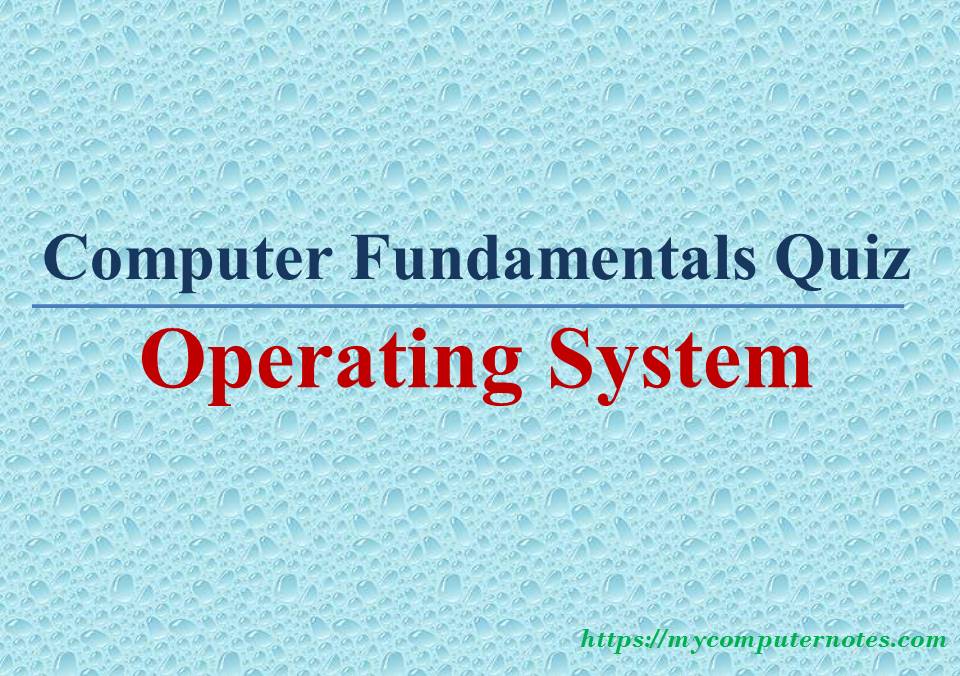
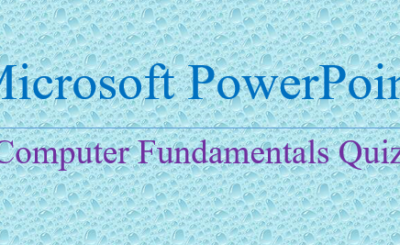
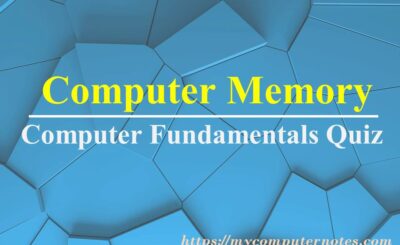
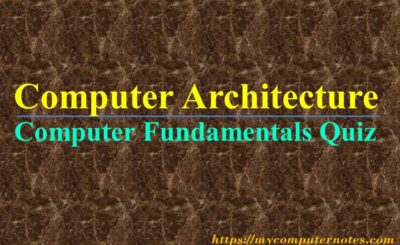
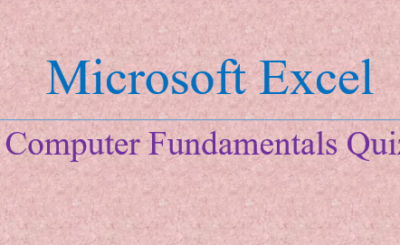
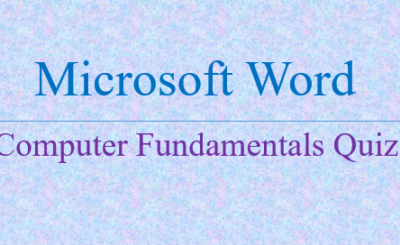
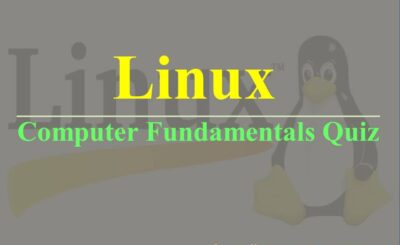
nice